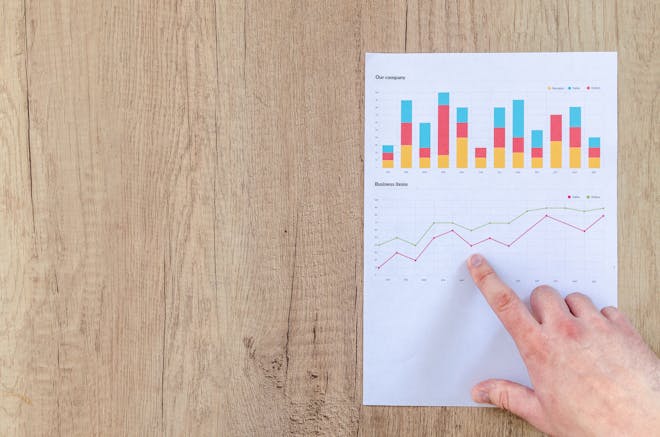Reverse Sear Temp Chart: Mastering the Perfect Steak
When it comes to cooking the perfect steak, the reverse sear method has gained significant popularity among both amateur cooks and professional chefs. The process involves bringing the meat up to temperature in a low-heat environment before searing it on high heat for a crispy, caramelized exterior. This blog post will guide you through the essential reverse sear temp chart, ensuring every steak you cook is done to succulent perfection.
The Basics of Reverse Searing
Before diving into the reverse sear temp chart, let’s understand the fundamentals of the reverse sear technique. This method is all about control and precision. By slowly heating the steak to the desired internal temperature and then quickly searing it, you create a steak with a uniform cook from edge to edge. It’s particularly beneficial for thicker cuts of meat that can be tricky to cook evenly using traditional methods.
Setting Up Your Kitchen for Reverse Searing
First, you’ll need an oven or a grill set to a low temperature, around 225 to 275 degrees Fahrenheit. You’ll also require a reliable meat thermometer to monitor your steak’s internal temperature closely. Remember, patience is key with reverse searing, as it’s a slower cooking method that prioritizes precision over speed.
Reverse Sear Temp Chart Explained
Understanding the reverse sear temp chart is crucial for achieving the doneness you prefer. Here’s a breakdown of the internal temperatures you should aim for:
- Rare: Remove the steak from the oven at 115-120°F before searing. Final temperature after searing should be around 120-125°F.
- Medium Rare: Remove at 125-130°F. Final temperature should be 130-135°F.
- Medium: Remove at 135-140°F. Final temperature should be 140-145°F.
- Medium Well: Remove at 145-150°F. Final temperature should be 150-155°F.
- Well Done: Remove at 155-160°F. Final temperature should be 160-165°F or higher.
After bringing your steak to the desired internal temperature in the oven, it’s time to sear it on a hot skillet or over direct heat on the grill. This final step should only take a minute or two on each side, just enough to form a rich, flavorful crust.
Additional Tips for a Perfect Reverse Sear
Besides following the reverse sear temp chart, here are some tips to further enhance your steak-cooking prowess:
- Let the steak rest at room temperature for about 15-30 minutes before cooking.
- Season the steak generously with salt and any other desired spices before placing it in the oven.
- Use a cast-iron skillet for the searing step to achieve an even, high-quality sear.
- After searing, let the steak rest for a few minutes to allow the juices to redistribute.
While the reverse sear method does take more time, the results are well worth the effort. By following this reverse sear temp chart and accompanying tips, you’re on your way to cooking steaks that rival those of the finest steakhouses. Remember that practice makes perfect, and fine-tuning your technique with each attempt will lead to consistently better outcomes.
Whether you’re an experienced cook or just starting, the reverse sear method is a foolproof way to impress at your next dinner party or family gathering. The precision of the technique allows for a level of customization in doneness that is unmatched by other cooking methods. Happy cooking, and enjoy the delectable results of your efforts!
